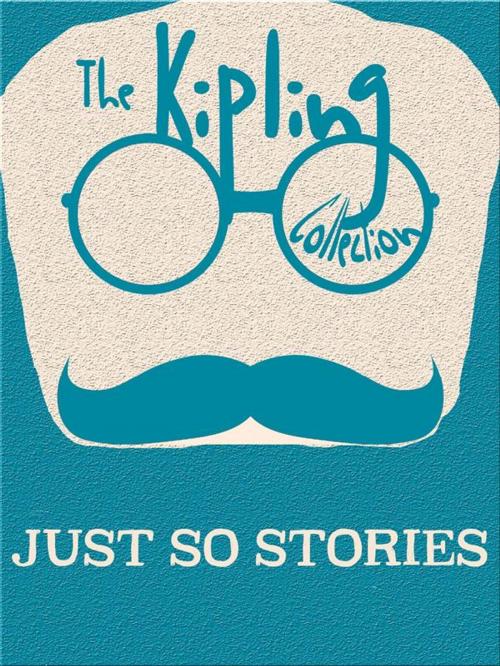| Author: | Rudyard Kipling | ISBN: | 9788826492780 |
| Publisher: | Kipling Press | Publication: | March 2, 2018 |
| Imprint: | Language: | English |
| Author: | Rudyard Kipling |
| ISBN: | 9788826492780 |
| Publisher: | Kipling Press |
| Publication: | March 2, 2018 |
| Imprint: | |
| Language: | English |
The Just So Stories for Little Children are a collection written by the British author Rudyard Kipling. Highly fantasised origin stories, especially for differences among animals, they are among Kipling's best known works.
The stories, first published in 1902, are pourquoi (French for "why") or origin stories, fantastic accounts of how various phenomena came about. A forerunner of these stories is Kipling's "How Fear Came," included in his The Second Jungle Book (1895). In it, Mowgli hears the story of how the tiger got his stripes.
The Just So Stories typically have the theme of a particular animal being modified from an original form to its current form by the acts of man, or some magical being. For example, the Whale has a tiny throat because he swallowed a mariner, who tied a raft inside to block the whale from swallowing other men. The Camel has a hump given to him by a djinn as punishment for the camel's refusing to work (the hump allows the camel to work longer between times of eating). The Leopard's spots were painted by an Ethiopian (after the Ethiopian painted himself black). The Kangaroo gets its powerful hind legs, long tail, and hopping gait after being chased all day by a dingo, sent by a minor god responding to the Kangaroo's request to be made different from all other animals.
The Just So Stories for Little Children are a collection written by the British author Rudyard Kipling. Highly fantasised origin stories, especially for differences among animals, they are among Kipling's best known works.
The stories, first published in 1902, are pourquoi (French for "why") or origin stories, fantastic accounts of how various phenomena came about. A forerunner of these stories is Kipling's "How Fear Came," included in his The Second Jungle Book (1895). In it, Mowgli hears the story of how the tiger got his stripes.
The Just So Stories typically have the theme of a particular animal being modified from an original form to its current form by the acts of man, or some magical being. For example, the Whale has a tiny throat because he swallowed a mariner, who tied a raft inside to block the whale from swallowing other men. The Camel has a hump given to him by a djinn as punishment for the camel's refusing to work (the hump allows the camel to work longer between times of eating). The Leopard's spots were painted by an Ethiopian (after the Ethiopian painted himself black). The Kangaroo gets its powerful hind legs, long tail, and hopping gait after being chased all day by a dingo, sent by a minor god responding to the Kangaroo's request to be made different from all other animals.















